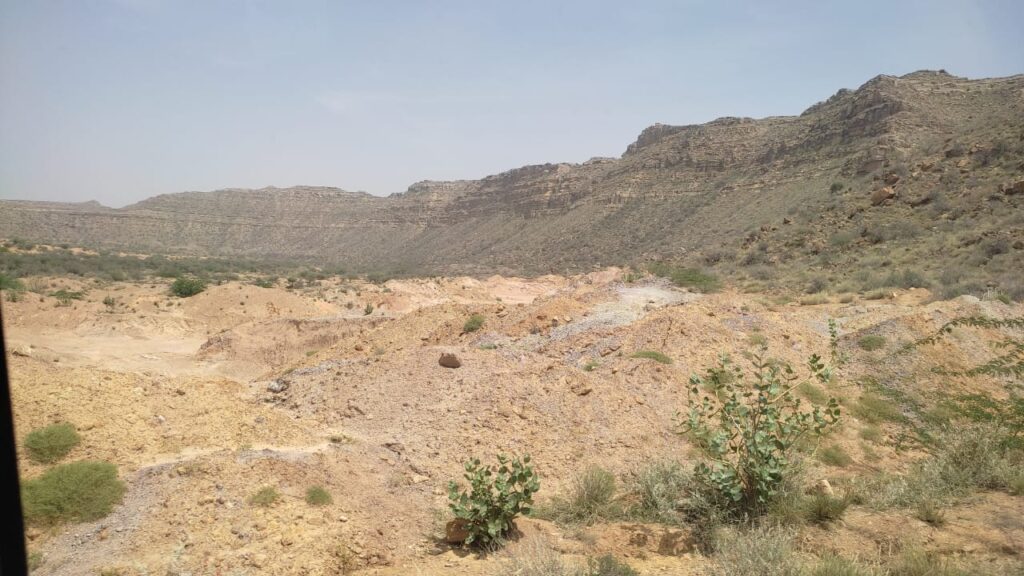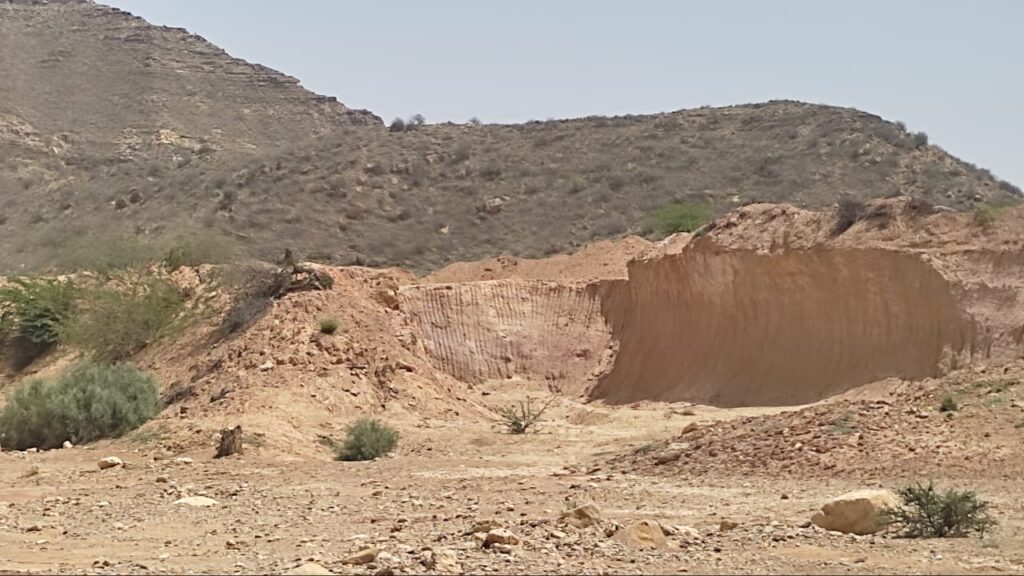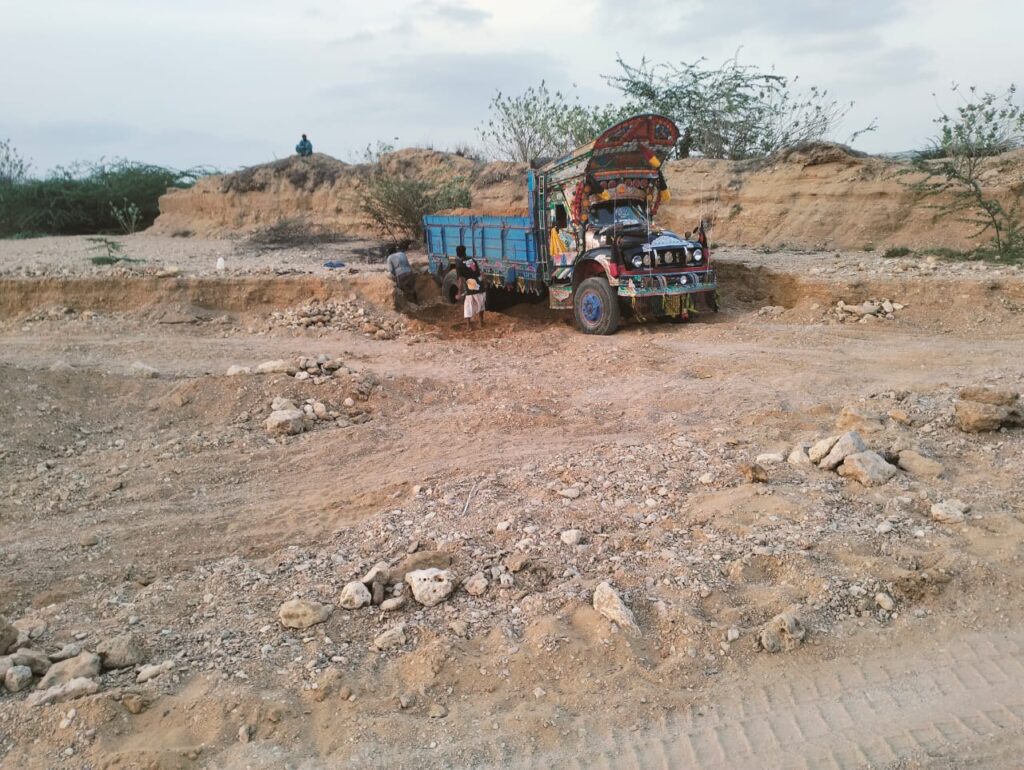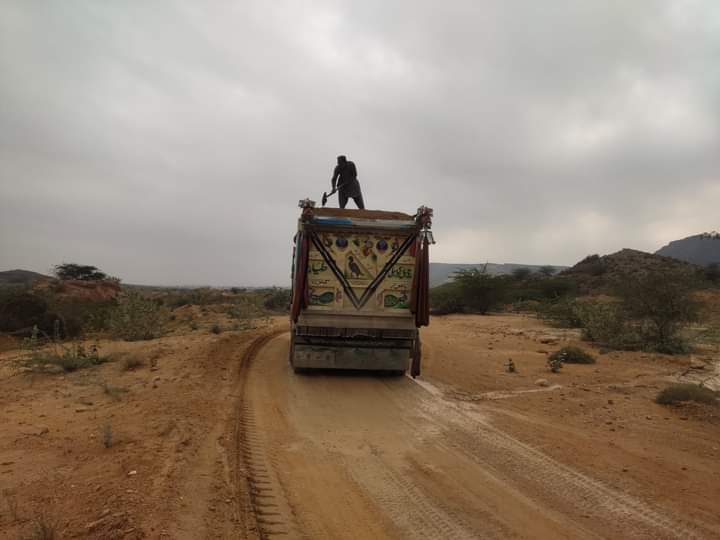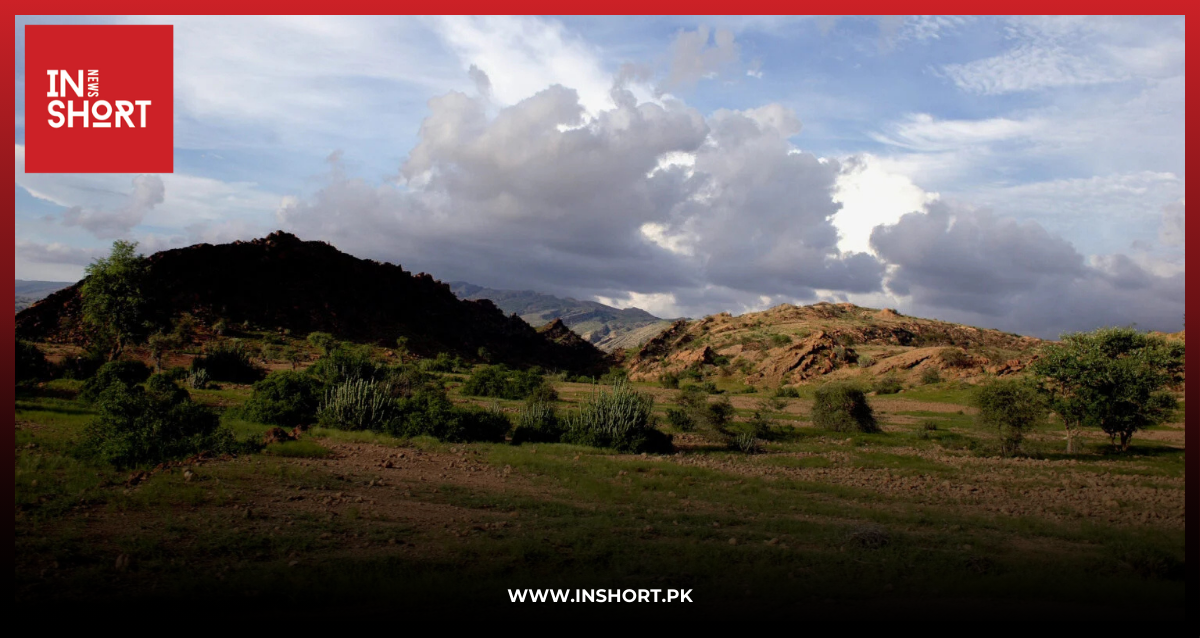Kirthar National Park. Spanning 1,192 square miles, this area plays a vital role in preserving the environment of a key city like Karachi. The city’s pollution levels, temperature regulation, water issues, and overall beauty are all closely linked to Kirthar National Park and similar initiatives.
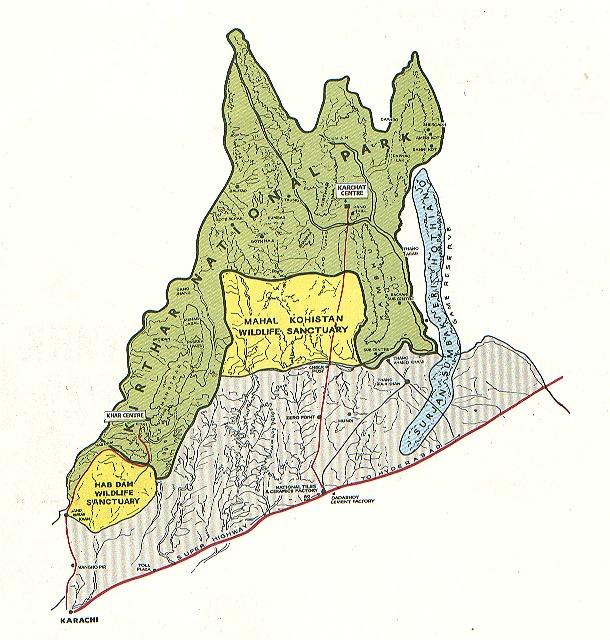
Kirthar National Park, located in Pakistan’s picturesque Sindh province, is a treasure trove of natural resources. With its enchanting oases, majestic waterfalls, melodious springs, rugged mountains, vibrant wildlife, diverse flora, and unique fauna, it is undoubtedly a paradise on Earth. This region serves as a critical environmental hotspot.
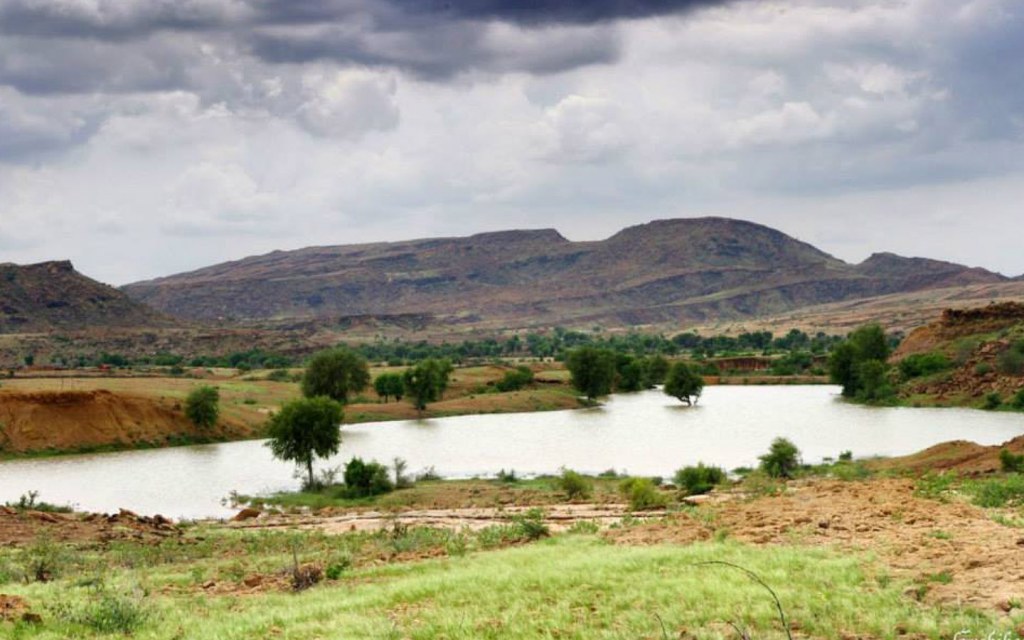

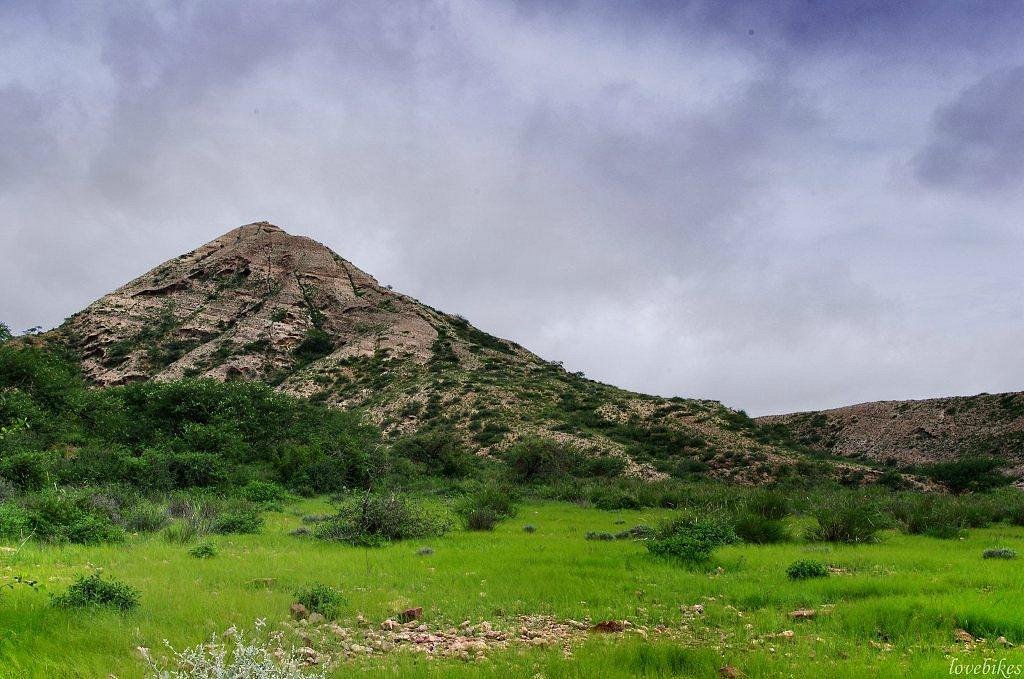

Kirthar National Park, spanning 308,733 hectares, is a protected area located in Sindh province, about 80 miles north of Karachi, Pakistan. This sanctuary is home to a unique subspecies of Sindh ibex, along with urials, chinkara gazelles, 27 other mammal species, various reptiles, and at least 58 bird species.

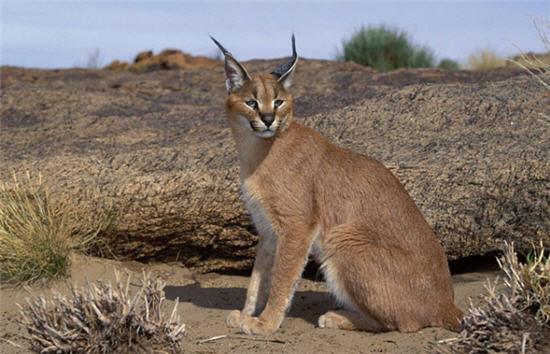
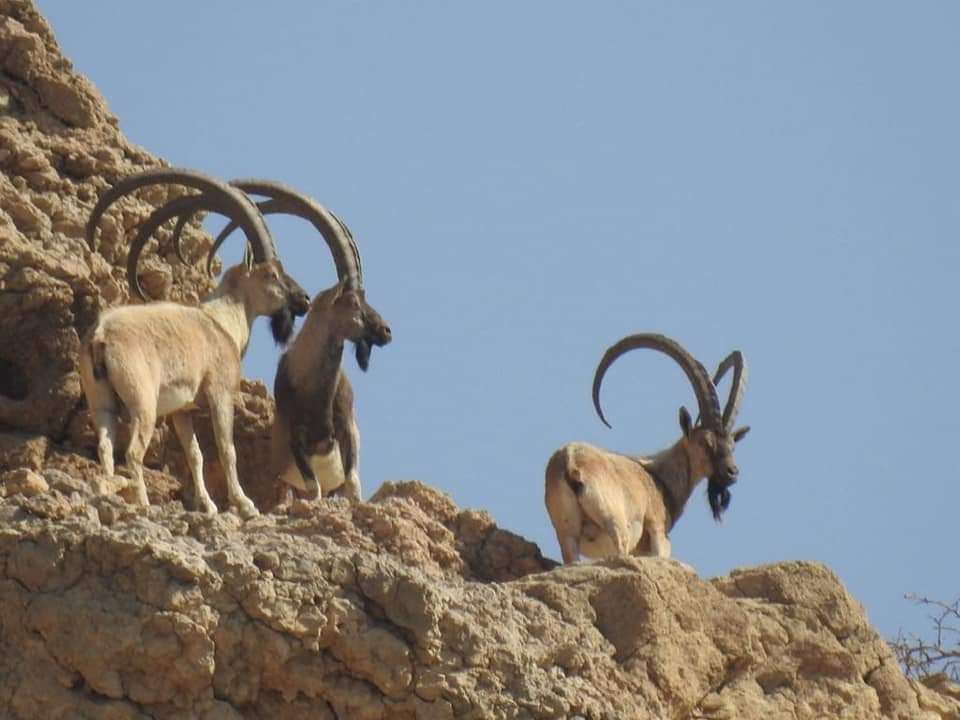

Kirthar and its surroundings boast a rich heritage. The park is home to the world’s largest historic fort, Rannikot, along with archaeological sites dating back to 3500 B.C. Its breathtaking landscapes also serve as the habitat for local tribal communities, with an estimated population of around 16,000 recorded in 1989.





Designated as a national park by the Sindh Wildlife Department in 1974, Kirthar was the first in Pakistan to be included in the UN’s National Parks listing in 1975. It meets the International Union for Conservation of Nature’s (IUCN) strict criteria for a Category II protected area, aimed at ecosystem preservation. This status was reaffirmed in the UN’s 1997 protected areas listing.
It is no secret that Karachi faces severe environmental challenges. In such circumstances, it is imperative to safeguard our ecological assets. But alas …. Unfortunately, a few self-serving individuals have jeopardized the natural beauty of the land for their trivial gains.
The situation is such that “the house has been set on fire by its own lamp.”
A severe crisis threatens this area due to the collusion between landlords, police, local administration, and the leadership of the Pakistan People’s Party. Local mafias, including the timber mafia, sand and gravel mafia, marble mafia, and animal hunters, along with housing schemes like Bahria Town Karachi and DHA Phase 9, have been allowed to ravage this delicate ecosystem without restraint.
The once-beautiful ecological project is now transforming into a concrete jungle. Trees, waterfalls, wildlife, and mountains are being replaced by buildings and infrastructure.
The local population is being alienated. Despite the area’s National Park status, which under national and international law prohibits tree felling, mountain cutting, hunting of animals, or construction, the blatant disregard for these laws here is nothing short of appalling.
Kirthar came under the spotlight in 1991 when civil society intervened against a proposed highway project that threatened the park’s ecology. Persistent advocacy led to rerouting the highway around the park.
Beyond its ecological importance, Kirthar National Park serves as the watershed for the Hub River, a vital source of drinking water for Karachi, as well as a resource for industries and agriculture.
Illegal Land Encroachment
For centuries, Sindhi, Baloch, and Brohi families have lived in this area, becoming an integral part of its environment. The ancient graves and inscriptions here stand as witnesses to their long-standing connection with the land.
These people have been displaced from their ancestral lands, making them strangers in their own homeland. With the cooperation of the bureaucracy, fake documents are prepared, and through the collusion of local landlords and police, poor locals are unfairly dispossessed of their land for a fraction of its worth.
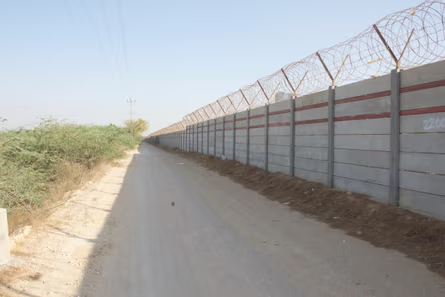


In the heart of Kirthar National Park, Bahria Town and other construction schemes have been initiated. A concrete jungle now stands in the midst of the beautiful and enchanting Kirthar. Walls have been erected, and barbed wire has been installed, dividing this precious land.
Tree Cutting
The cutting of trees in Kirthar National Park is a severe blow to its fragile ecosystem. These trees, which have stood for centuries, not only contribute to the region’s biodiversity but also play a crucial role in maintaining the environmental balance.
Despite the park’s protected status, rampant deforestation is taking place, driven by illegal construction and commercial interests. This destruction not only harms the wildlife but also threatens the natural beauty and ecological stability of the area. The removal of these trees is a direct violation of national and international laws designed to protect such irreplaceable resources.
Cutting of Mountains for Sand and Gravel Extraction
Mountains are often referred to as the stakes of the land, playing a crucial role in environmental protection. The ruthless cutting of these mountains not only devastates the Kirthar and Malir regions but also negatively impacts Karachi’s overall environmental health.
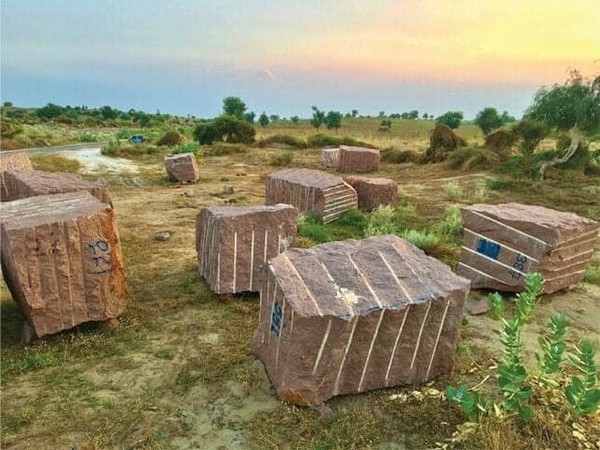
For a long time, the sand mafia in Malir has been involved in the illegal extraction of sand and gravel, which has reached its peak despite the imposition of Section 144. The Kirthar area is a prime target for the sand mafia, where mountains are being ruthlessly cut, and trucks loaded with sand, gravel, and rubble are transported daily. The police, administration, local landlords, and political leaders are all complicit in this destruction.
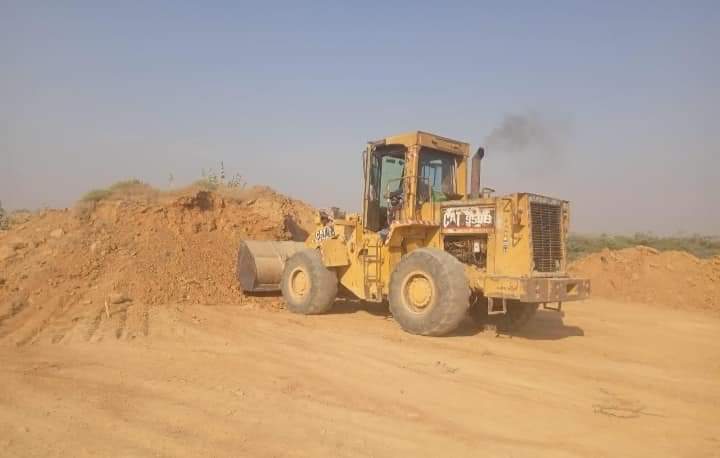
On the legal front, it’s important to note that under Section 9(1)(i) of the Sindh Wildlife Protection, Preservation, and Conservation Act 2020, mining is prohibited in protected forested areas and sanctuaries. This law halts the mining of natural stones and the exploitation of minerals in Kirthar National Park.
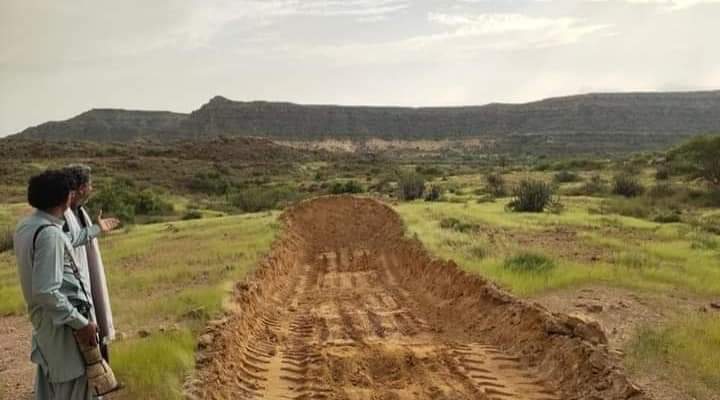
If mining is allowed under any circumstances, it must be done with the appropriate license, as stipulated by the Sindh Mines and Minerals Governance Act 2021, which mandates proper documentation of the legal quantity of mining.
Despite this, mining continues unabated in Malir and Kirthar, in blatant violation of the Sindh High Court’s order issued on October 4, 2024.
Destruction of Natural Waterways
Within Kirthar National Park, the Thado Nadi, which supplies water to the entire Gadap area, is being mined for sand and gravel, disrupting the entire water system that feeds the land. The natural water channels, including rivers, streams, and springs, are being destroyed. These watercourses form an intricate ecosystem, eventually leading to a river.

Due to illegal construction in the Kirthar region, these vital springs and rivers are either drying up or being transformed into sewage drains.
Once, Malir was a hub for agriculture, not only meeting local food needs but also supplying fruits and vegetables to the entire Karachi area. Now, the springs, rivers, and streams have vanished, and agriculture, fruits, flowers, and vegetables are no more.
Wildlife is in Danger

Kirthar National Park is home to a rich variety of wildlife, including unique species like the Sindh ibex, urial, and chinkara gazelle. However, this precious biodiversity is under severe threat due to unchecked human activities. The illegal hunting, habitat destruction, and environmental degradation in the region are pushing many species to the brink of extinction.

The park, which once thrived with diverse wildlife, is now seeing a rapid decline in its animal population as a result of deforestation, poaching, and the ongoing destruction of natural habitats. The loss of wildlife is not only an ecological disaster but also a cultural and natural heritage loss for the region. Protecting Kirthar’s wildlife is crucial for maintaining the ecological balance of the area and preserving its rich biodiversity for future generations.
Displacement of Local Communities
Malir and Kathor were identified as a green belt during the British era, and it was officially recognized as such in the records. The region was marked for its significance as the homeland of local communities, with specific recognition given to the identity of the indigenous people residing there.
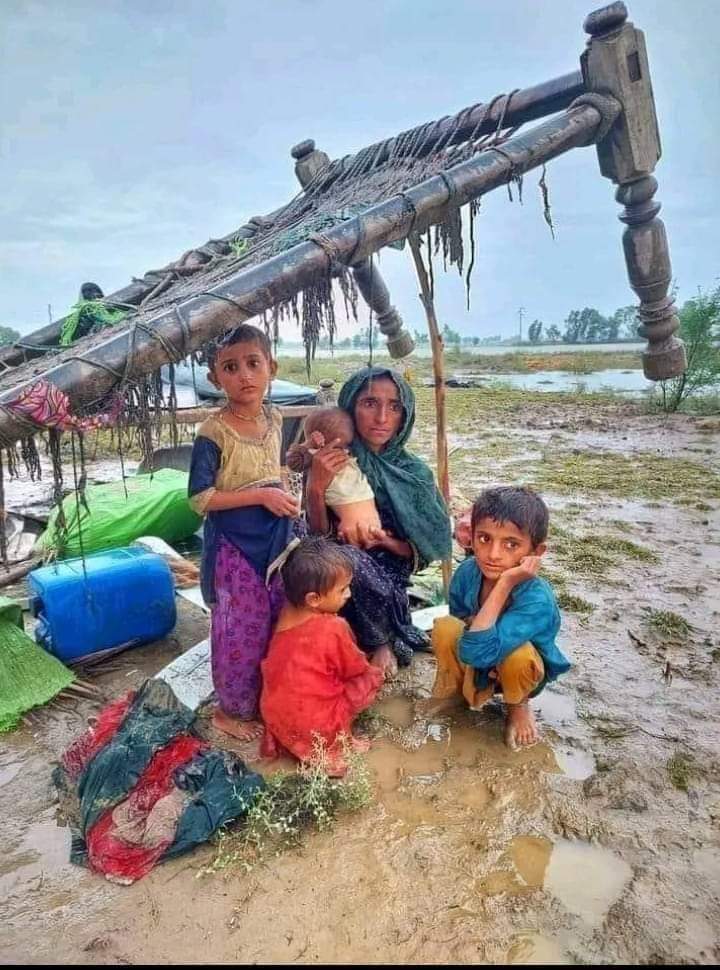
But now , poor and uneducated communities, whose ancestors have lived in the area for centuries, are being forcefully displaced. Lacking proper documentation, they often wake up to find heavy machinery demolishing their homes and shelters. These people, once deeply connected to the land, are deprived of their homes without warning, stripped of their cultural heritage and livelihood.
The illegal encroachments, construction projects, and mining activities have uprooted these indigenous communities, leaving them displaced and vulnerable. This unjust and sudden displacement not only robs them of their homes but also severs their deep-rooted connection to the land they have inhabited for generations.
The Destruction of Kirthar: A Tragedy for Karachi
To truly understand the environmental crisis faced by Karachi, it is crucial to recognize that the city lies within the Sindh Kohistan region, which is part of the Kirthar mountain range. Approximately 15 to 20 percent of Kirthar National Park is located in Malir district, which spans an area of 1,192 square miles.
Karachi is fed by five major seasonal rivers—Malir, Kadiyani, Thado Nadi, Lat Kar Matani, and Lyari—each originating from the Kirthar mountains. These rivers nourish the city by providing irrigation and raising the groundwater levels before flowing into the sea.
In 1974, Kirthar was designated as a national park, and a 5-kilometer buffer zone was established around it. The boundaries of this park extend across the districts of Jamshoro and Malir, touching the villages of Deh Kathor, Deh Bail, Deh Bholhari, Deh Hader Wah, and Deh Karmatani.
These villages, located in Malir, are part of the buffer zone surrounding Kirthar National Park. The ongoing destruction of Kirthar directly impacts the entire city of Karachi, making its preservation vital for the future of the city.
Urgent Measures to Protect Kirthar- Restoring Rights and Halting Destruction
Restore Kirthar National Park to its original map from 1974 and allocate a special fund for its preservation.
End the displacement of the local population and provide them with electricity, water, and land leases, just as the local populations in other parts of Sindh are being granted ownership rights, while this community is deprived of their rightful entitlement.
Immediately impose a ban on the cutting of trees, sand and gravel mafia, and timber mafia. Implement a ban on hunting animals.
Regularize the centuries-old villages of the local population. Provide residential facilities to the villages that fall within the boundaries of Bahria Town. Their access routes have been blocked, their rights stripped, and the mistreatment they face must end.
Impose a ban on residential projects built with the illegal support of administration.
